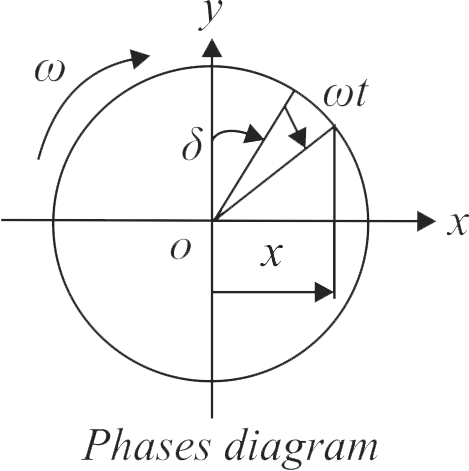364202 A particle executes \(S.H.M.\) of amplitude \(A\) along \(x\)-axis. At \(t=0\), the position of the particle is \(x=\dfrac{A}{2}\) and it moves along positive \(x\)-axis. The displacement of particle in time \(t\) is \(x=A \sin (\omega t+\delta)\), then the value \(\delta\) will be
364202 A particle executes \(S.H.M.\) of amplitude \(A\) along \(x\)-axis. At \(t=0\), the position of the particle is \(x=\dfrac{A}{2}\) and it moves along positive \(x\)-axis. The displacement of particle in time \(t\) is \(x=A \sin (\omega t+\delta)\), then the value \(\delta\) will be
364202 A particle executes \(S.H.M.\) of amplitude \(A\) along \(x\)-axis. At \(t=0\), the position of the particle is \(x=\dfrac{A}{2}\) and it moves along positive \(x\)-axis. The displacement of particle in time \(t\) is \(x=A \sin (\omega t+\delta)\), then the value \(\delta\) will be
364202 A particle executes \(S.H.M.\) of amplitude \(A\) along \(x\)-axis. At \(t=0\), the position of the particle is \(x=\dfrac{A}{2}\) and it moves along positive \(x\)-axis. The displacement of particle in time \(t\) is \(x=A \sin (\omega t+\delta)\), then the value \(\delta\) will be

